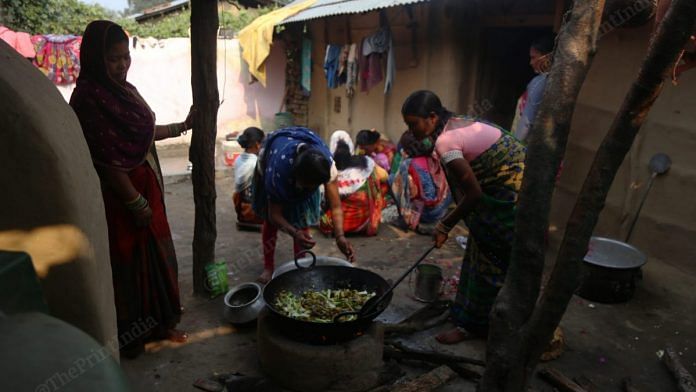Raniyapur/Gainsari (Uttar Pradesh): Shravasti, Bahraich and Balrampur, all in Uttar Pradesh, are three of the four poorest districts in India, according to government think-tank NITI Aayog’s ‘Multidimensional Poverty Index’. They are also home to the ethnic Tharu tribe, inhabitants of the Terai lowland.
The Tharus living on the Indian side of the Terai belt are commonly found in Uttar Pradesh, Uttarakhand and Bihar. They are the most populous out of the five Scheduled Tribes (STs) in Uttar Pradesh. With a population of 83,544 according to the 2011 census, they constitute 77.4 per cent of the total tribal population of the state. In UP, they are primarily concentrated in Bahraich, Shravasti, Balrampur and Lakhimpur Kheri.
The tribe has its own distinct culture — members converse in their own dialect, a variant of Hindi and Awadhi. They are mostly forest dwellers, but many of them who live in the villages rely on agriculture for survival as well. Lack of jobs has forced a majority of Tharu men and youth to migrate out of UP in search of livelihood.
ThePrint visited two Tharu villages — Raniyapur in Shravasti and Gainsari in Balrampur — to get a peek into their culture.
The tribe is very close knit, with a barter culture. Because they are poor, family members do daily wage jobs in neighbouring houses if there is a marriage or some construction work, but no money changes hands; neighbours return the favour when there is a marriage or construction work happening in the other person’s house.
Despite Tharus being the most backward tribe in Uttar Pradesh, the government’s focus on improving their situation has ended up helping a lot of Tharu women — some of whom have never been to school — come out of their homes, and become self-reliant. This has led to them helping other women in the tribe as well. There were examples of this in both villages ThePrint visited.
The Tharus are non-vegetarian, but consume a lot of vegetables, especially tuber crops. This, district officials say, could be one of the reasons that malnutrition is not rampant among Tharu children as compared to others groups in these three districts.
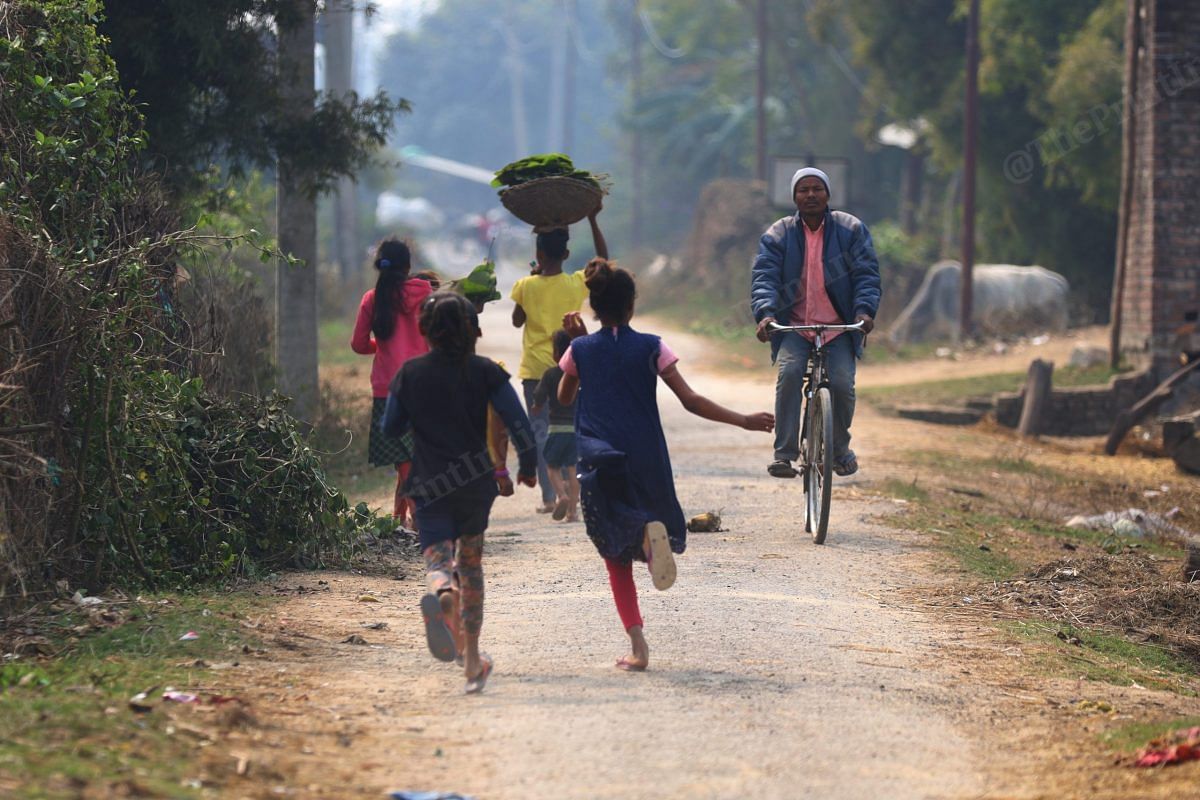
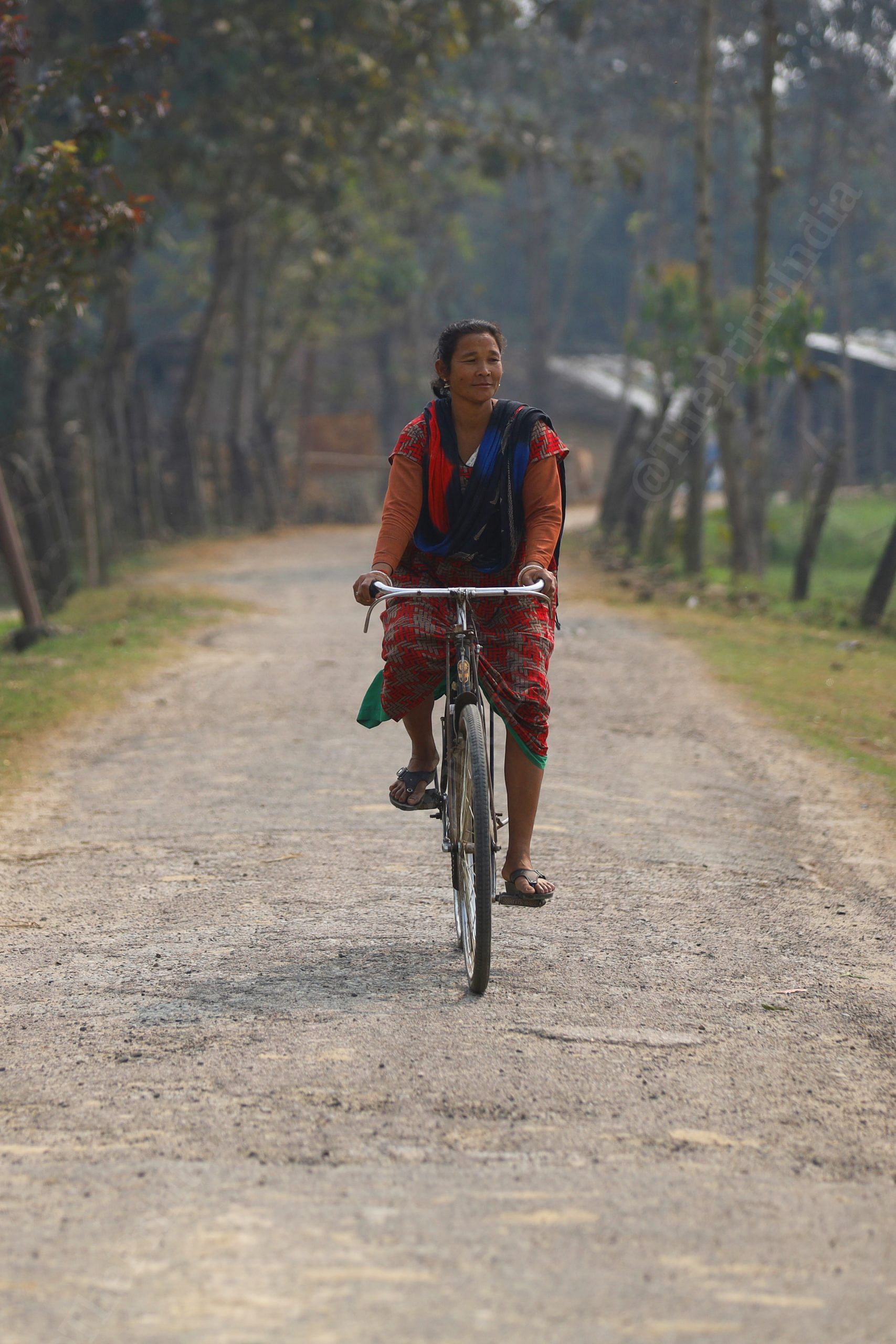
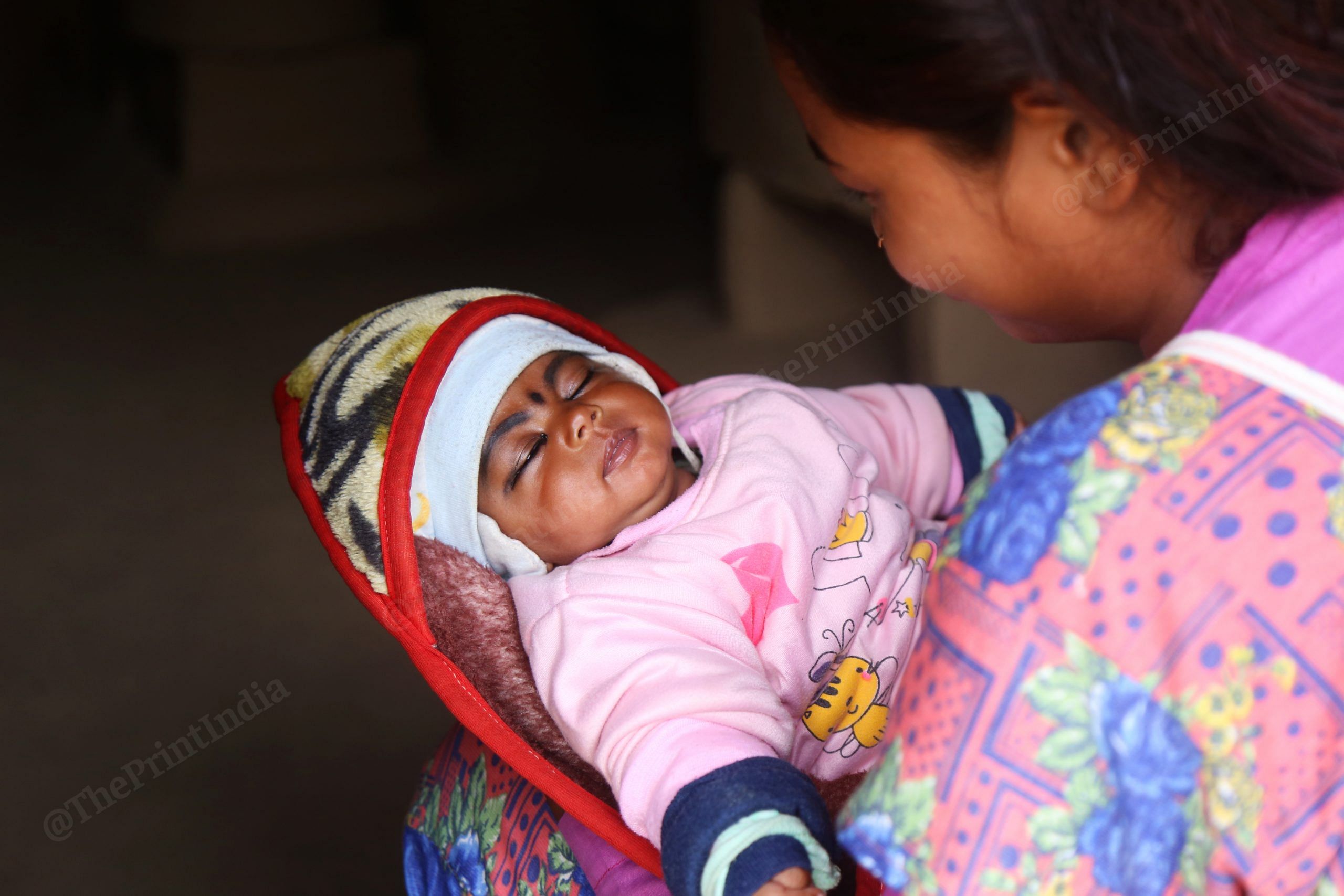
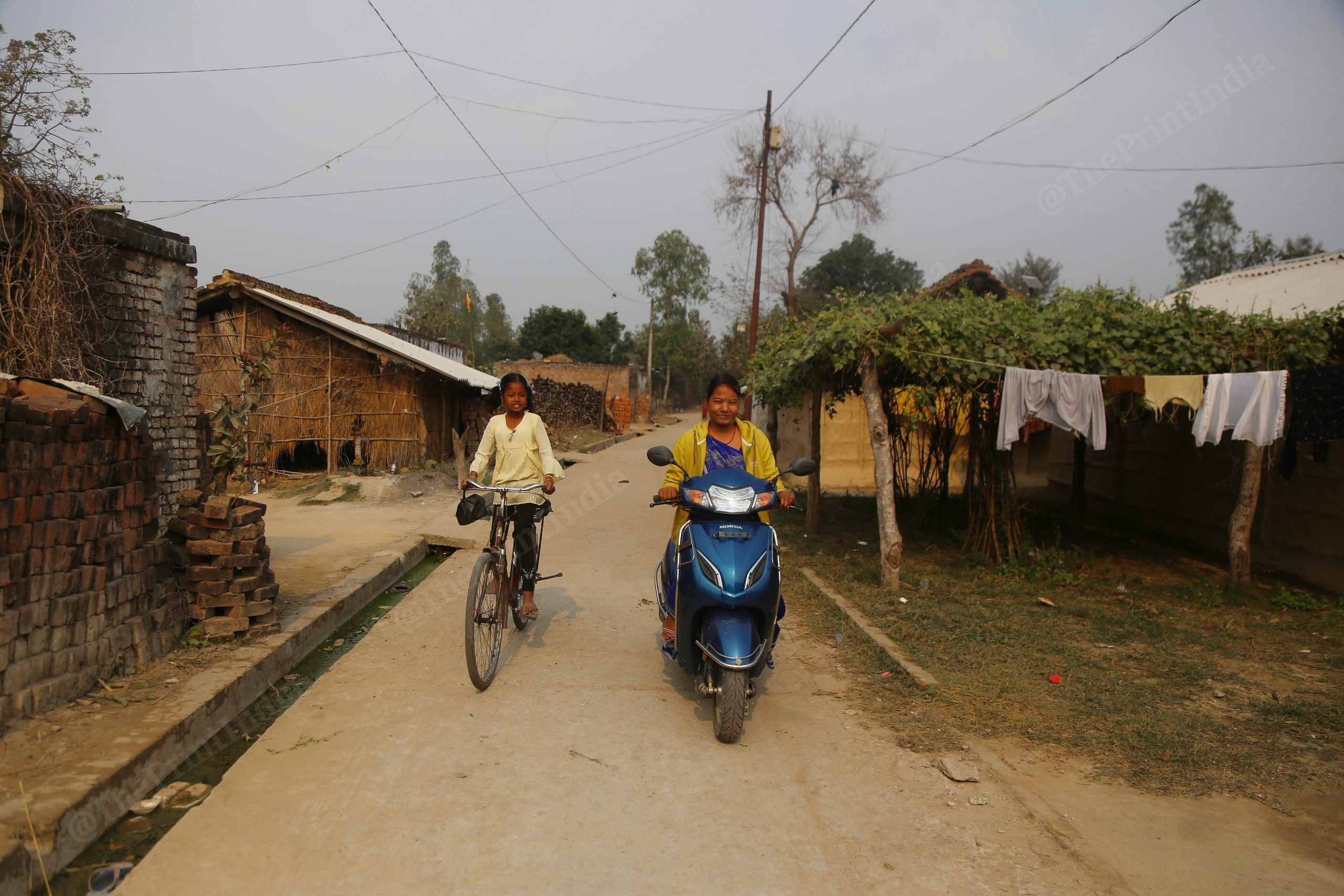
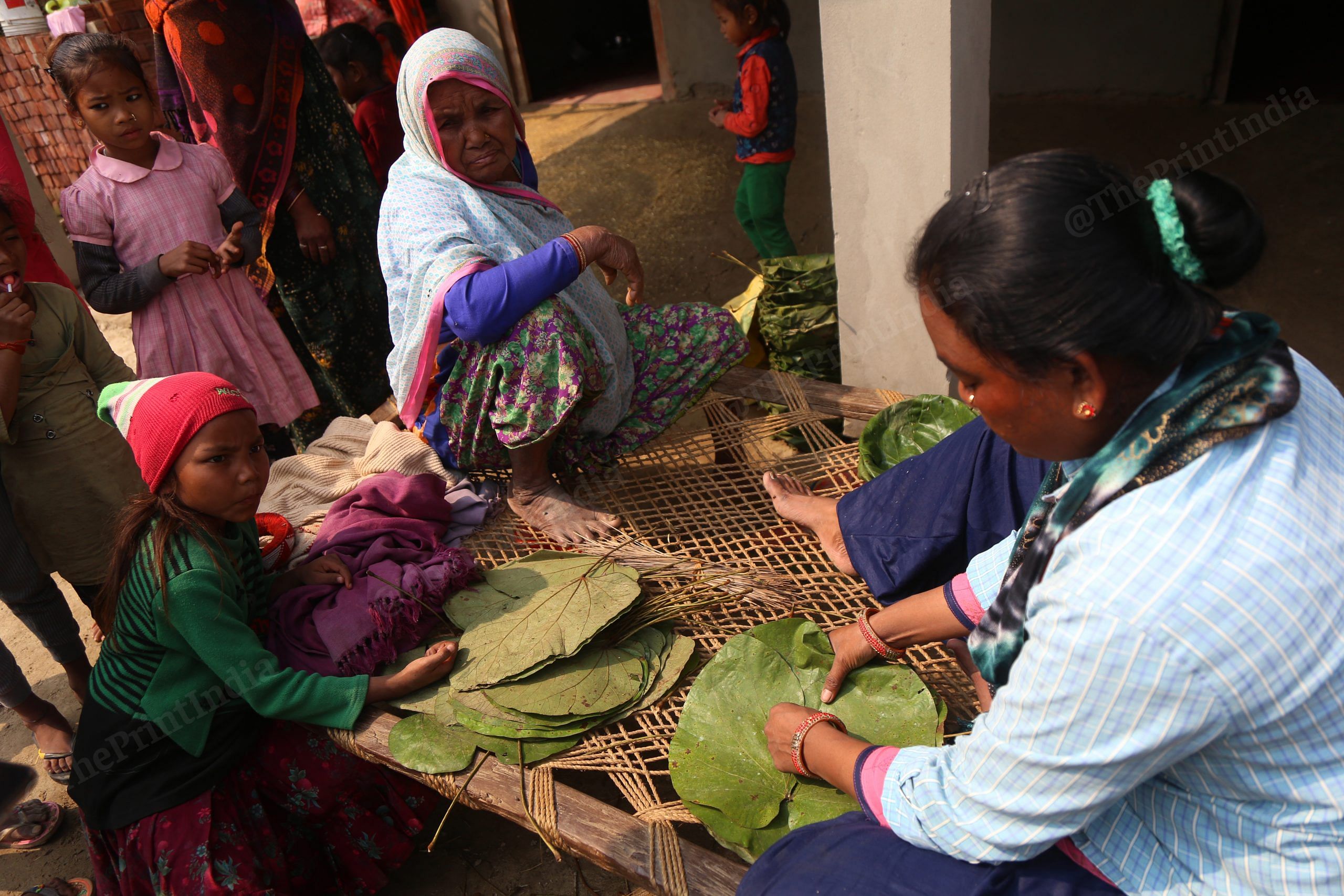
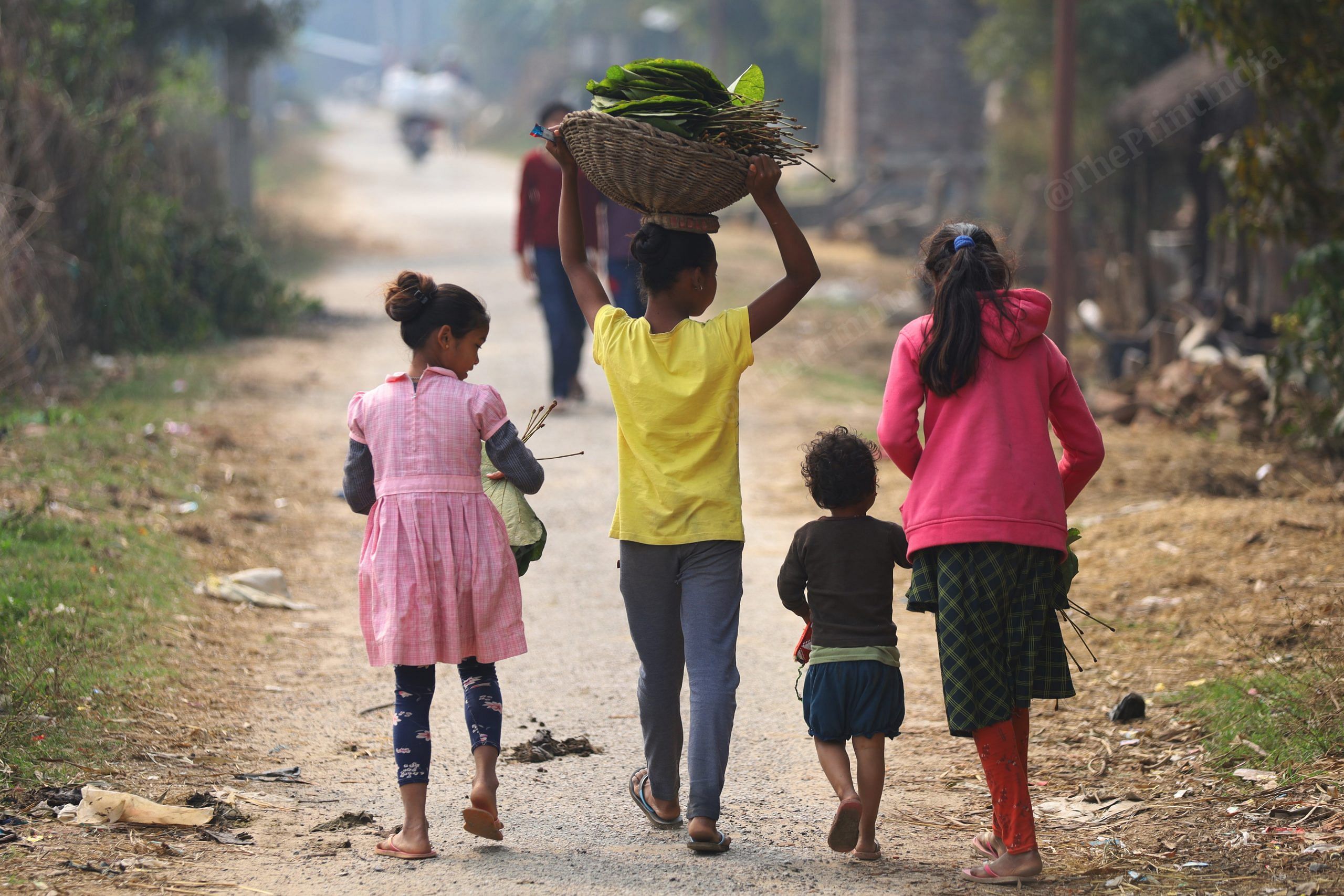
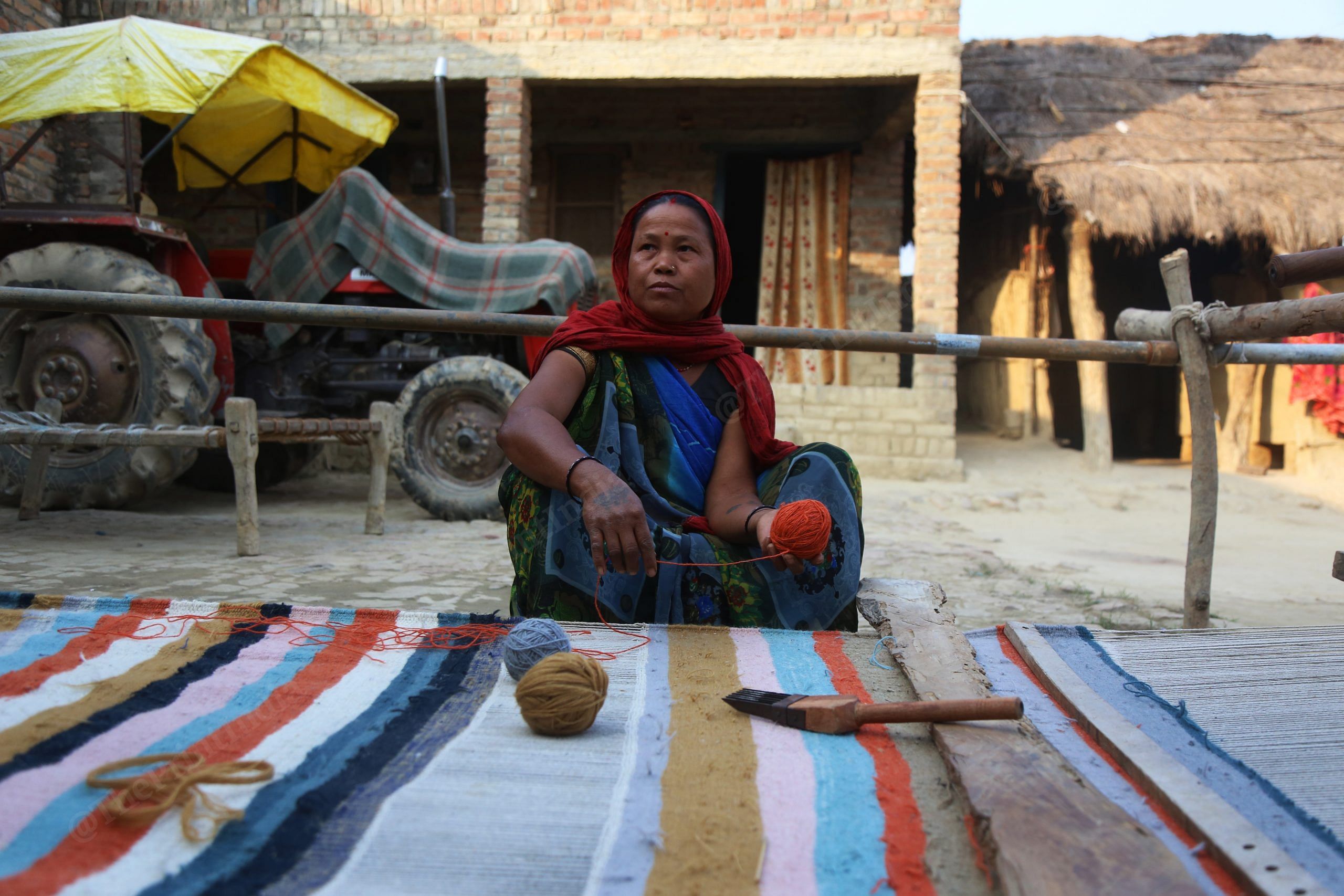
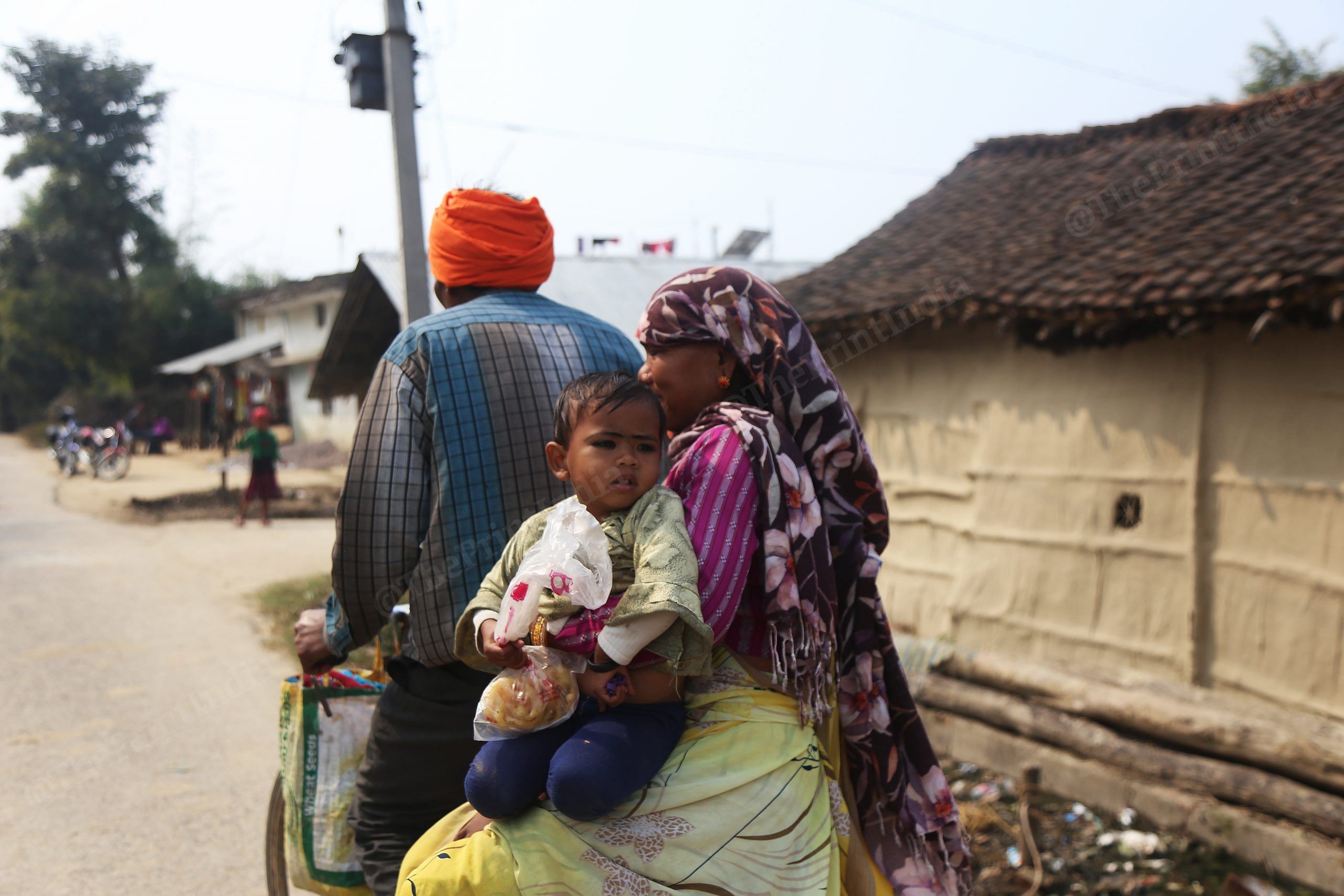
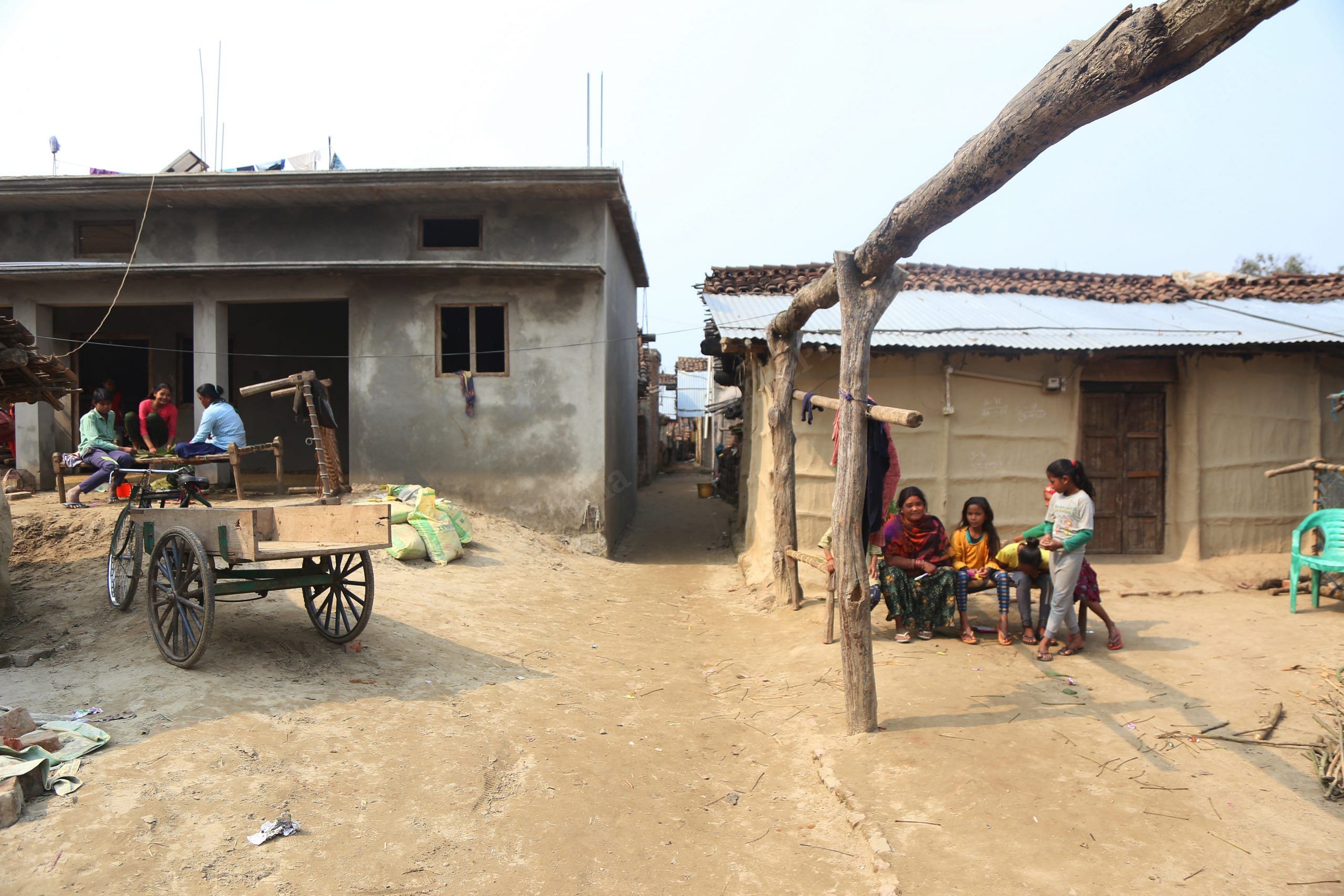

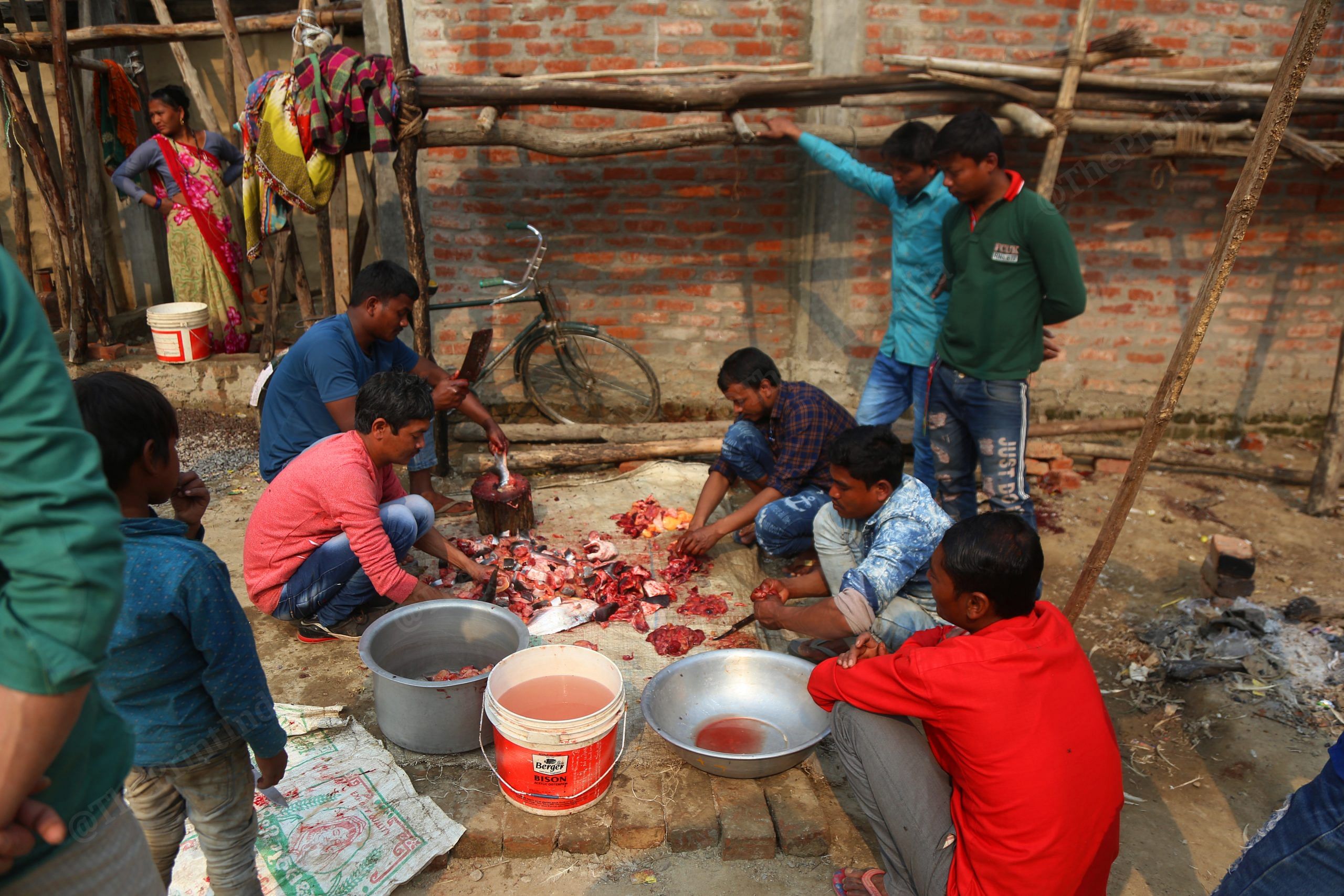
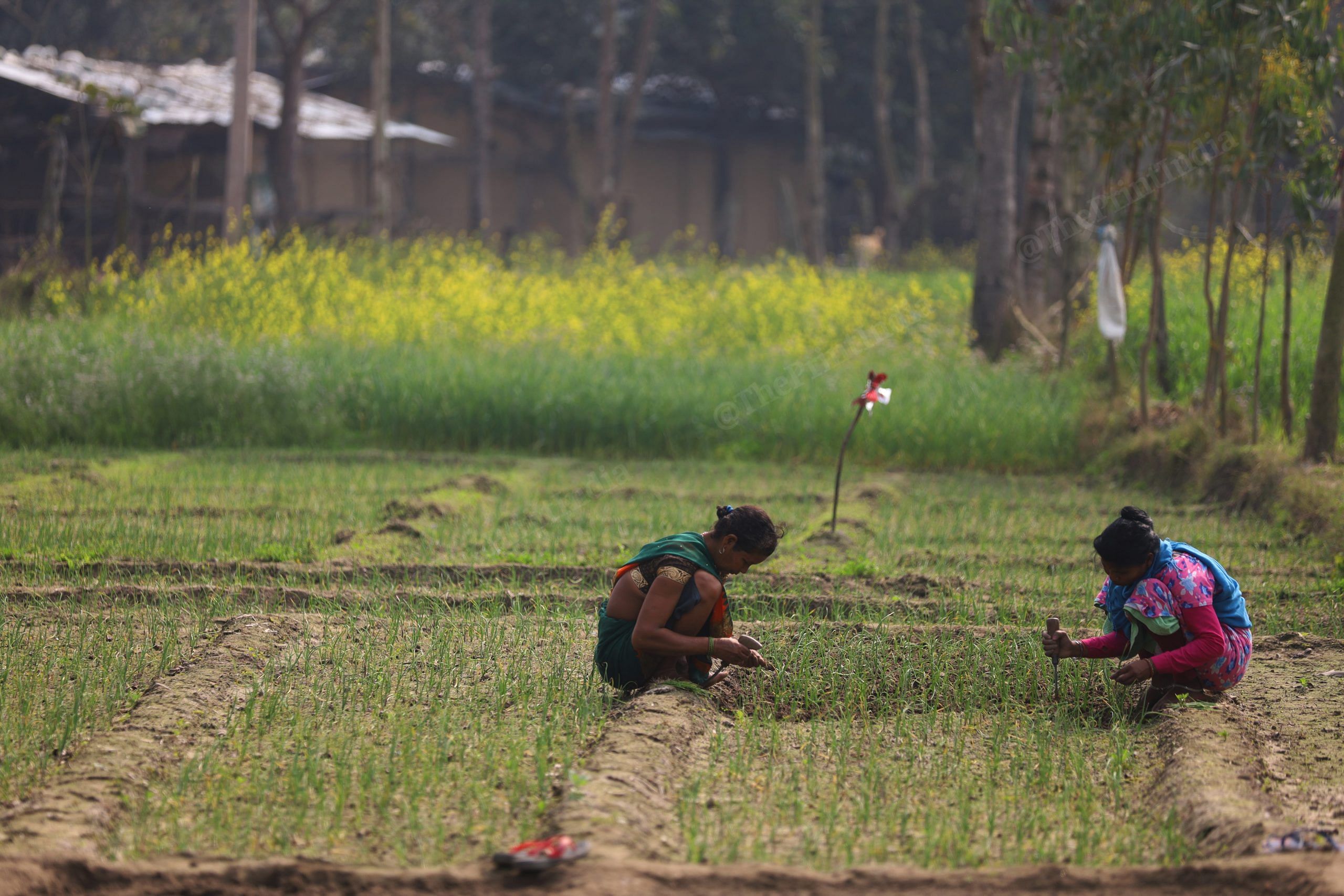
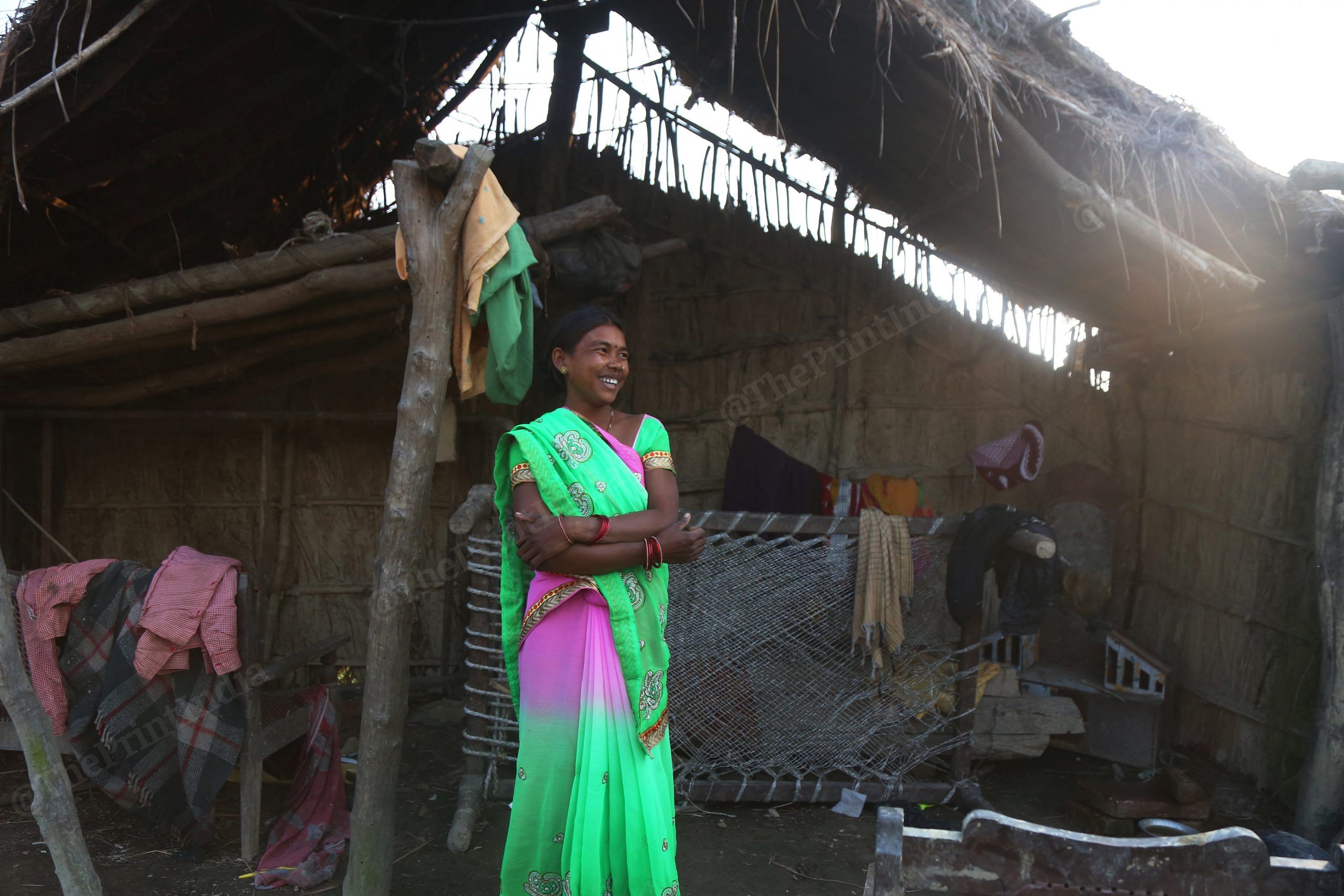
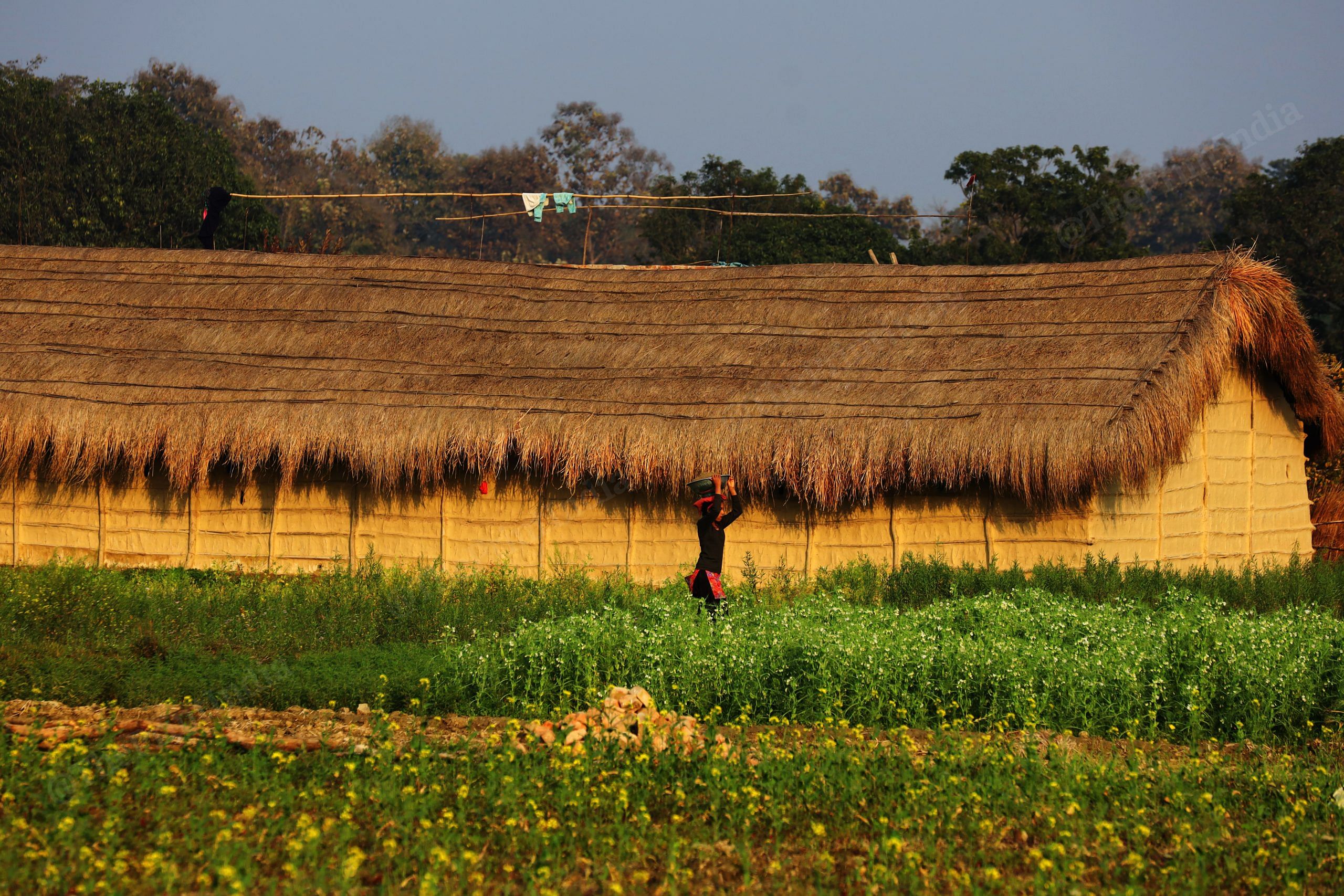
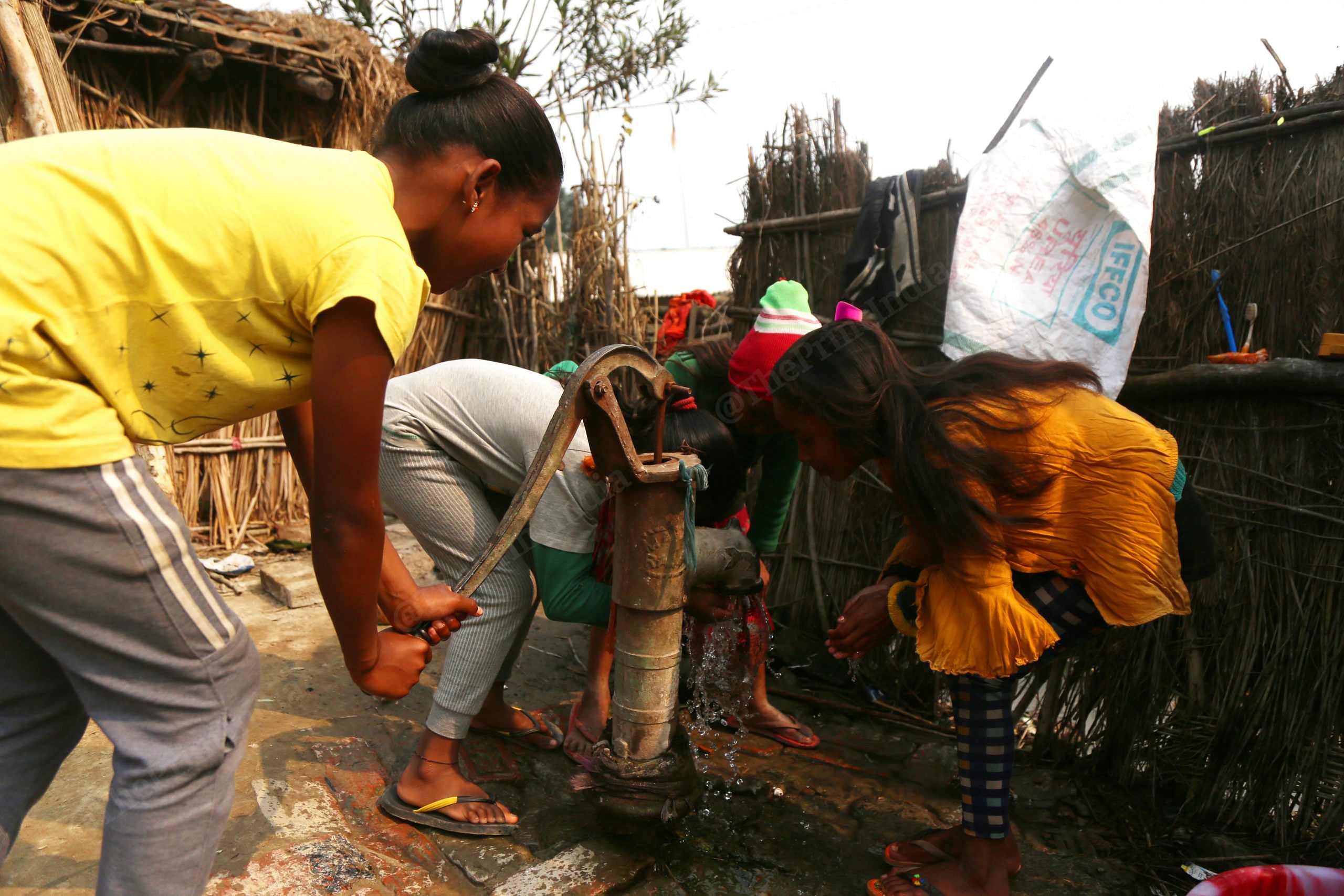
(Edited by Gitanjali Das)


